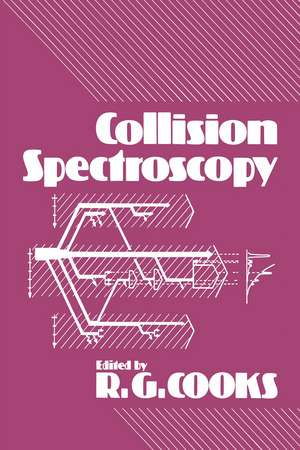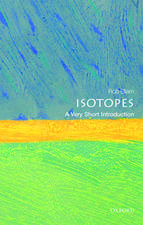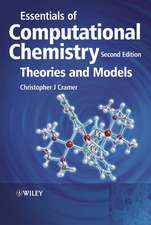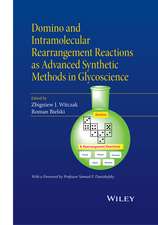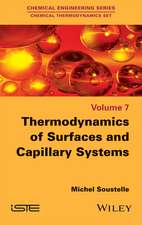Collision Spectroscopy
Editat de R. Cooksen Limba Engleză Paperback – 21 dec 2011
Preț: 397.16 lei
Nou
Puncte Express: 596
Preț estimativ în valută:
76.02€ • 82.60$ • 63.90£
76.02€ • 82.60$ • 63.90£
Carte tipărită la comandă
Livrare economică 21 aprilie-05 mai
Preluare comenzi: 021 569.72.76
Specificații
ISBN-13: 9781461339571
ISBN-10: 146133957X
Pagini: 476
Ilustrații: XIV, 458 p.
Dimensiuni: 152 x 229 x 25 mm
Greutate: 0.63 kg
Ediția:Softcover reprint of the original 1st ed. 1978
Editura: Springer Us
Colecția Springer
Locul publicării:New York, NY, United States
ISBN-10: 146133957X
Pagini: 476
Ilustrații: XIV, 458 p.
Dimensiuni: 152 x 229 x 25 mm
Greutate: 0.63 kg
Ediția:Softcover reprint of the original 1st ed. 1978
Editura: Springer Us
Colecția Springer
Locul publicării:New York, NY, United States
Public țintă
ResearchCuprins
1. The Subject.- 2. Metastable Ions.- 3. Types of Collisions.- 4. Collision Cross Sections.- 5. Energy Interconversions.- 6. Energy Resolution and Angular Resolution.- 7. Laboratory and Center-of-Mass Coordinate Systems.- 8. Guideposts to the Contents.- References.- 1 Collisional Excitation of Simple Systems.- 1. Introduction.- 2. Determination of Excitation Cross Sections from Ion Energy- Loss Spectrometry.- 3. Determination of Excitation Cross Sections from Photon Emission Data.- 4. The Excitation of Atomic Hydrogen.- 5. Excitation of Helium.- 6. Differential Cross-Section Measurements.- 7. Excitation of Simple Molecules.- 8. Discussion.- References.- 2 Charge Transfer in Atomic Systems.- 1. Introduction.- 2. Theory.- 3. Experimental Methods.- 4. Experimental Data and Interpretation.- 5. Summary.- References.- 3 Inelastic Energy Loss: Newer Experimental Techniques and Molecular Orbital Theory.- 1. Introduction.- 2. The Molecular Orbital Model.- 3. Experimental Techniques and Results.- 4. Summary and Conclusion.- References.- 4 Double Electron Transfer and Related Reactions.- 1. Introduction.- 2. Cross Sections.- 3. Experimental Techniques of Double-Charge-Transfer Spectroscopy.- 4. (H+, M) Spectra and the Study of the States of the Target Species.- 5. (A+, Ar) Spectra: An Insight into Future Possible Developments.- Appendix: Energy Loss of the Projectile in an Inelastic Collision.- References.- 5 Ionic Collisions as the Basis for New Types of Mass Spectra.- 1. Introduction.- 2. 2E Mass Spectra.- 3. -E Mass Spectra.- 4. E/2 Mass Spectra.- 5. +E Mass Spectra.- 6. Other Types of Spectra.- References.- 6 Collision-Induced Dissociation of Diatomic Ions.- 1. Introduction.- 2. Dynamics of Dissociation.- 3. Experimental Techniques.- 4. Direct Dissociation in Heavy-Particle Collisions.- 5. Translational Spectroscopy.- 6. Concluding Remarks.- References.- 7 Collision-Induced Dissociation of Polyatomic Ions.- 1. Introduction.- 2. The Reaction.- 3. Experimental Procedures.- 4. Applications.- 5. Related Reactions.- 6. Prospects.- References.
